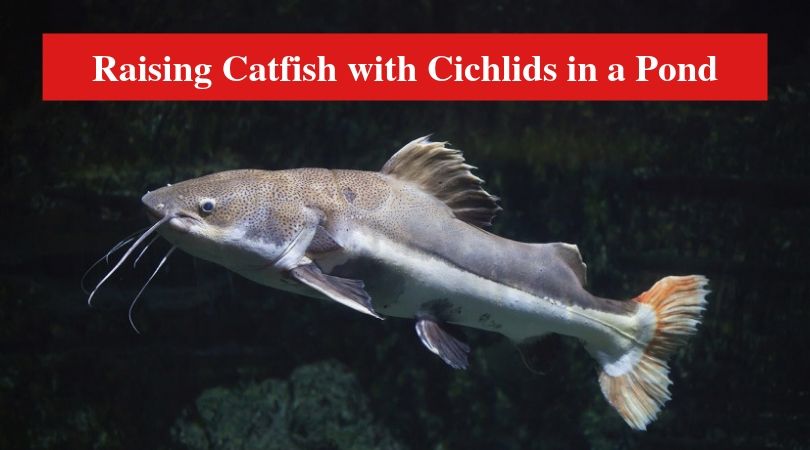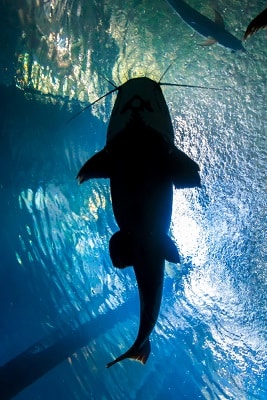
Cichlids are beautiful aquarium fish; they belong to the Cichlidae family. There are so many cichlids species, one thing is common with this fish, and they are cute, always having beautiful patterns on their bodies. In the wild, cichlids can be found in the shallow parts of rivers and lakes in parts of the world such as Australia, North America, Africa, Asia, and Europe.
Raising Catfish with Cichlids in a Pond
Cichlids generally prefer clean and clear water; this makes aquariums and fish tanks a perfect alternative for their habitat when in captivity. Almost all the cichlid’s species are small; this puts them in a dangerous position when cichlids are kept in the same fish tank or pond with catfish.
We know how invasive catfish species are; they multiply very quickly and can start eating smaller aquatic animals and fish in their territory. The average catfish can grow much larger than cichlids; however, if you must keep these two fish species together in a fish tank or pond, it is best if you choose one of the smaller catfish species.
Cichlids can be raised in fish tanks with small catfish species such as the Cory catfish, or Pictus catfish. However, you should ensure that the cichlids you are going to raise will not grow much larger than the small catfish species.
It is a good move to find a way to raise cichlids and catfish together. The smaller catfish species are also ornamental fish that can keep your fish tank clean because they can eat algae. Raising the two fish species can have significant commercial value because they are in high demand.
Cichlids are generally calm regarding their behavior; however, they live in schools led by a dominant male that can seem aggressive when their territory is threatened. There is a way about this; catfish are generally bottom feeders, while cichlids prefer the upper part of the water. If you can find a catfish species that will be comfortable in the depths of the fish tank, the species can get along.
For the best results, if you decide to raise cichlids and smaller catfish in fish tanks or ponds, it will be helpful if you interact with fish farmers who have tried it before. Find out their challenges and how they made it work. If you know some mistakes they made, you can avoid those pitfalls and successfully raise your fish.
Cichlids are quite social; the adults are known to stay close to the fry after hatching for protection. The fry are also observed to communicate with the adults when there are signs of danger. The cichlids and catfish require much space to roam freely and thrive in captivity. This means you need to put them in a very big fish tank with many rocks, and props that can be used as cover.
In conclusion, you can raise cichlids and catfish together, only if you choose species that are of about the same size. Your efforts will be successful if you plan the entire process very well.
Related:
